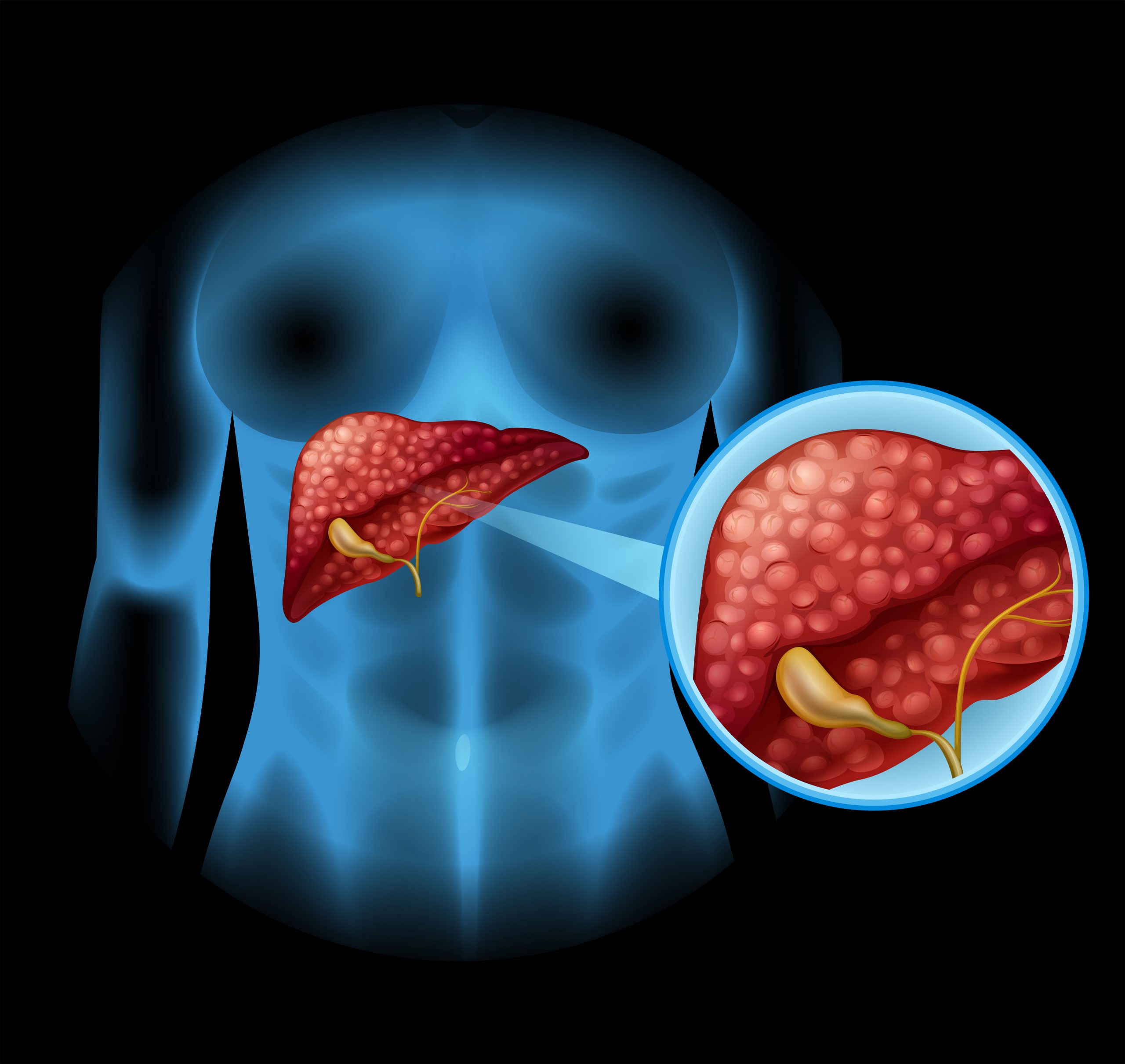

OHSU researchers are contributing experience, new ideas, and a three-pronged strategy to a National Cancer Institute cooperative for early cancer diagnosis. Pancreatic cancer is on track to become the second leading cause of cancer death in the United States. To save more lives, Oregon Health & Science University researchers have set out to reach the most vulnerable people; collaborate with them to develop a reliable blood test to detect early signs of cancer; and validate new scanning techniques to locate and classify suspicious lesions for timely treatment.
The National Cancer Institute funded the OHSU team’s research with a $3.8 million grant, and they were named to the NCI’s Pancreatic Cancer Detection Consortium.
“We can move fast as part of this national consortium,” said principal investigator Rosalie Sears, Ph.D., a professor of molecular and medical genetics at the OHSU School of Medicine.
Sears and Brett Sheppard, M.D., are co-directors of the Brenden-Colson Center for Pancreatic Care at OHSU, and members of the OHSU Knight Cancer Institute.
“Our progress is really accelerating, and I think we have a huge opportunity to make an impact on high-risk populations,” said Sheppard, one of three other principal investigators and a professor of surgery at OHSU.
Pancreatic cancer patients’ five-year survival rate climbed from 6% to 12% during the last decade. Because most patients are detected after their cancers have spread, their chances of survival remain slim. Five-year survival rates for patients detected at an early stage can surpass 80%.
“If you can just pick up these people early, you can change the whole game,” Sheppard said.
Three-pronged approach
Cancer screening tests must be highly sensitive in order to detect harmful cancers while simultaneously being highly specific in order to avoid false alarms and wasteful procedures. The OHSU team is working on a blood test that detects pancreatic cancer by studying the proteins found in particles released by cells. The microchip-based test utilizes machine learning to identify cancer signs and requires only a small amount of blood. This work is being collaborated on by Stuart Ibsen, Ph.D., an assistant professor of biomedical engineering in the OHSU School of Medicine, OHSU Knight Cancer Institute.
The team is creating a magnetic resonance imaging methodology to detect and define possible tumors once a blood test reveals pancreatic cancer. The magnetic resonance fingerprinting approach detects inflammation and fibrosis, or tissue thickening, as markers of precancerous development and early-stage pancreatic cancer. The imaging investigations are being led by co-principal investigator Alexander Guimaraes, M.D., Ph.D., a professor of diagnostic radiology at the OHSU School of Medicine and the OHSU Knight Cancer Institute.
To make it all work, a significant number of patients at risk of pancreatic cancer will have to volunteer as research subjects. The OHSU team may depend on a large, statewide cohort produced by the Knight Cancer Institute: the Healthy Oregon Project, which has provided thousands of people with free genetic screening. Jackilen Shannon, Ph.D., a professor in the Division of Oncological Sciences at OHSU School of Medicine and the OHSU Knight Cancer Institute, is the project’s director.
Shannon and Gregory Coté, M.D., M.S., a medical oncologist at Massachusetts General Hospital and co-principal investigator on the NCI grant, are leading an effort to understand and address barriers to cancer screening among members of minority communities, particularly those who are overrepresented in pancreatic cancer cases.
“It’s critically important to figure out how we can reach underserved communities and underrepresented populations, because across the U.S. they are not being screened and they’re not entering early detection trials,” Sears said.
The researchers hope to enroll people who have a family history of pancreatic cancer or who have had a genetic test that indicated mutations that raise risk. They are also recruiting those who are at risk due to pancreatic cysts discovered by imaging.
Aside from the proposed research, OHSU has developed several resources at the Brenden-Colson Center that will be useful to other institutions in the national consortium, which includes, among others, the Dana Farber Cancer Institute at Harvard Medical School, Johns Hopkins University, Stanford University, and the University of Texas MD Anderson Cancer Center.
The Oregon Pancreas Tissue Registry at OHSU has registered over 3,700 patients. More than 100 high-risk individuals have been registered in the OHSU Pancreatic Cancer Early Detection (PRECEDE) collaboration, and more than 750 patients have completed at least one screening test at the OHSU High Risk Pancreatic Cancer Screening clinic.
“We’ve built a lot of momentum,” Sheppard said. “We bring a lot of science to the consortium.”
more recommended stories
 Silica Nanomatrix Boosts Dendritic Cell Cancer Therapy
Silica Nanomatrix Boosts Dendritic Cell Cancer TherapyKey Points Summary Researchers developed a.
 Vagus Nerve and Cardiac Aging: New Heart Study
Vagus Nerve and Cardiac Aging: New Heart StudyKey Takeaways for Healthcare Professionals Preserving.
 Cognitive Distraction From Conversation While Driving
Cognitive Distraction From Conversation While DrivingKey Takeaways (Quick Summary) Talking, not.
 Fat-Regulating Enzyme Offers New Target for Obesity
Fat-Regulating Enzyme Offers New Target for ObesityKey Highlights (Quick Summary) Researchers identified.
 Spatial Computing Explains How Brain Organizes Cognition
Spatial Computing Explains How Brain Organizes CognitionKey Takeaways (Quick Summary) MIT researchers.
 Gestational Diabetes Risk Identified by Blood Metabolites
Gestational Diabetes Risk Identified by Blood MetabolitesKey Takeaways (Quick Summary for Clinicians).
 Phage Therapy Study Reveals RNA-Based Infection Control
Phage Therapy Study Reveals RNA-Based Infection ControlKey Takeaways (Quick Summary) Researchers uncovered.
 Pelvic Floor Disorders: Treatable Yet Often Ignored
Pelvic Floor Disorders: Treatable Yet Often IgnoredKey Takeaways (Quick Summary) Pelvic floor.
 Urine-Based microRNA Aging Clock Predicts Biological Age
Urine-Based microRNA Aging Clock Predicts Biological AgeKey Takeaways (Quick Summary) Researchers developed.
 Circadian Control of Neutrophils in Myocardial Infarction
Circadian Control of Neutrophils in Myocardial InfarctionKey Takeaways for HCPs Neutrophil activity.

Leave a Comment